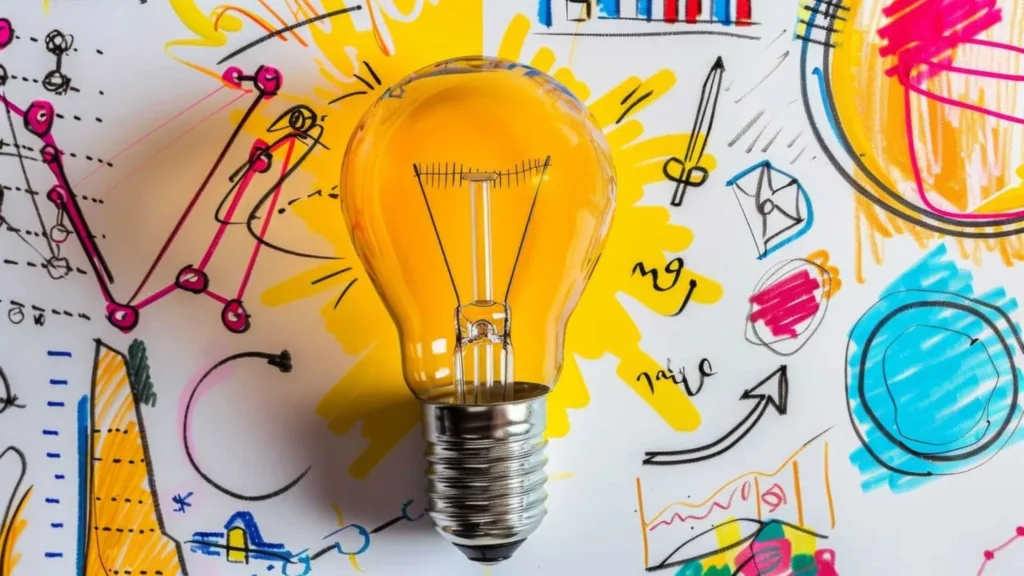Transfer of learning is a big idea in psychology. It’s all about how stuff you’ve learned before affects new stuff you’re trying to learn or do. Think of it like this: when you learn something new, it can either help you or get in your way. That’s where positive and negative transfers come in. Positive transfer is when what you’ve learned before makes it easier for you to learn something new. Negative transfer is when what you’ve learned before actually makes it harder for you to learn something new. So basically, some things you’ve learned in the past can be like a helpful guide, while others can be like a roadblock.
Positive Transfer
Positive Transfer happens when things you already know or can do make it easier for you to learn something new or do a new task better. This usually occurs when the new thing is similar in some way to what you already know or can do. For example, if you’ve learned to play the piano, it might help you learn to play the guitar because both involve understanding music and using your fingers in a coordinated way. When positive transfer occurs, learning new stuff becomes faster, you make fewer mistakes, and you feel more confident about what you’re doing.
Factors Influencing Positive Transfer
Here are the factors influencing positive transfer in simpler terms:
- Similarity: If what you already know is a lot like what you’re trying to learn, it’s easier to connect the two.
- Understanding: If you really get what you’ve learned before, it’s easier to see how it applies to something new.
- Thinking skills: How your brain works, like spotting patterns or making connections, can help with positive transfer.
- Relevance: If what you’ve learned fits well with what you’re learning now, it’s more likely to transfer positively.
- Adaptability: Being able to use what you know in different situations makes positive transfer more likely.
Practical Applications
- Skill Development: Leveraging existing skills to learn new ones more efficiently, such as using piano skills to learn guitar.
- Cross-Training: Applying skills from one job or department to another within an organization to enhance performance and adaptability.
- Problem-Solving: Using strategies or approaches learned in one context to solve similar problems in different situations.
- Language Learning: Relating vocabulary or grammar rules of a known language to facilitate the learning of a new language.
- Everyday Life: Drawing on past experiences to navigate new situations or acquire new skills, such as cooking from recipes or using technology.

Negative Transfer
Negative transfer happens when what you already know makes it harder for you to learn something new or do a new task well. This often occurs when there are differences between what you know and what you’re trying to learn, causing confusion or mistakes. For example, if you’re bilingual and trying to learn a third language, sometimes the rules or words from your first two languages can get in the way. This can slow down your learning process, make you less accurate, and make you feel frustrated.
Factors Influencing NegativeTransfer
Here are the simple points on factors influencing negative transfer:
- Different Tasks: When what you’re learning is very different from what you already know, it can cause problems.
- Conflicting Rules: If there are rules or ways of doing things that don’t match between what you know and what you’re learning, it can lead to confusion.
- Things That Seem Alike, But Aren’t: Sometimes, things might look similar, but they actually work differently. This can confuse you and make learning harder.
- Using Rules in the Wrong Place: If you try to use rules or knowledge from one situation where they don’t fit, it can cause issues.
- Unclear Differences: If the new task isn’t clearly different from what you already know, it can be hard to figure out, leading to confusion and problems.
How to Deal with Negative Transfer
- Know It’s Possible: Understand that sometimes what you already know can make learning something new harder.
- Find Where It’s Confusing: Figure out where the problem is coming from – what’s different between what you know and what you’re learning.
- Fix Mistakes: If you’re using old knowledge in the wrong way, try to fix it. Make sure you’re applying the right stuff to the new situation.
- Practice Changing: Practice adjusting what you know to fit the new thing you’re learning. Sometimes, you need to try a different method.
- Ask for Help: Don’t be afraid to ask for help if you’re struggling. Teachers or friends can give you advice on how to overcome the problem.
- Keep Trying: Learning can be tough, so don’t give up. Keep practicing and trying different ways until you get it right.
Related Article: Transfer Appropriate Processing: Learning in Context
Positive and negative transfers are like two different ways things can happen when we learn or do something new. Positive transfer helps us learn faster and get better at stuff, while negative transfer makes things harder. By knowing what makes these happen and using the right ways to learn, teachers and students can make the good stuff happen more and stop the bad stuff from getting in the way. This helps everyone learn better and become better at what they do.

Pingback: Spatial Summation: The Art of Neuronal Teamwork